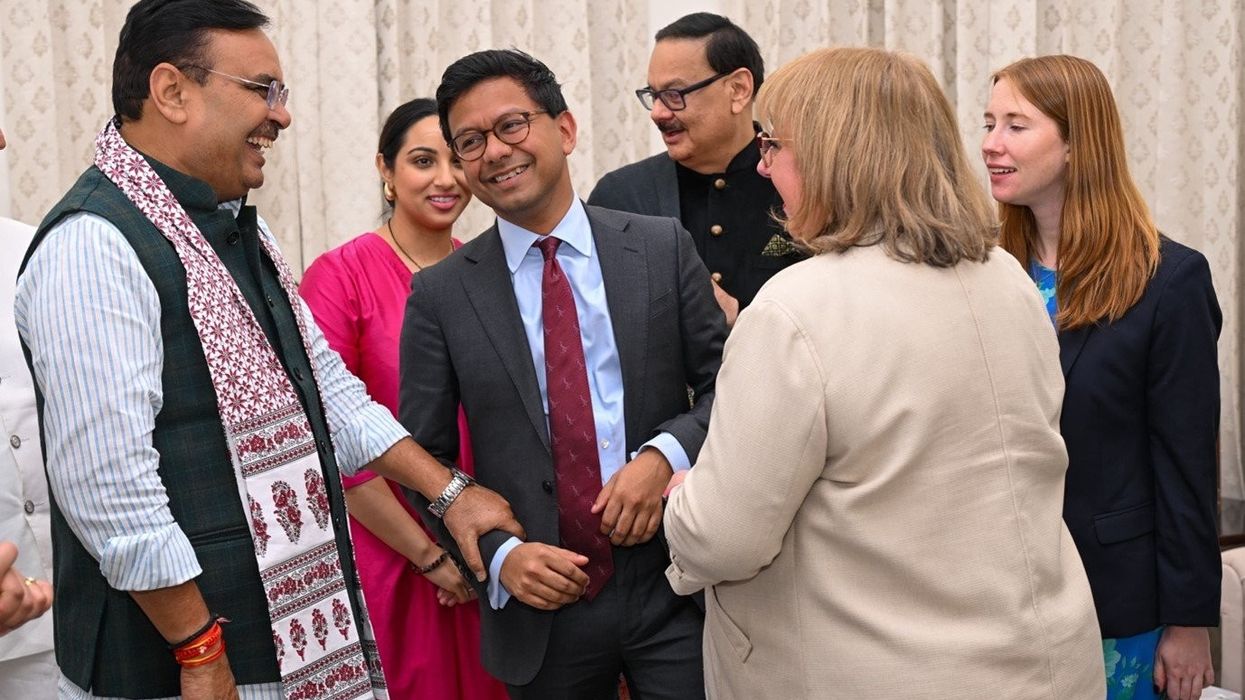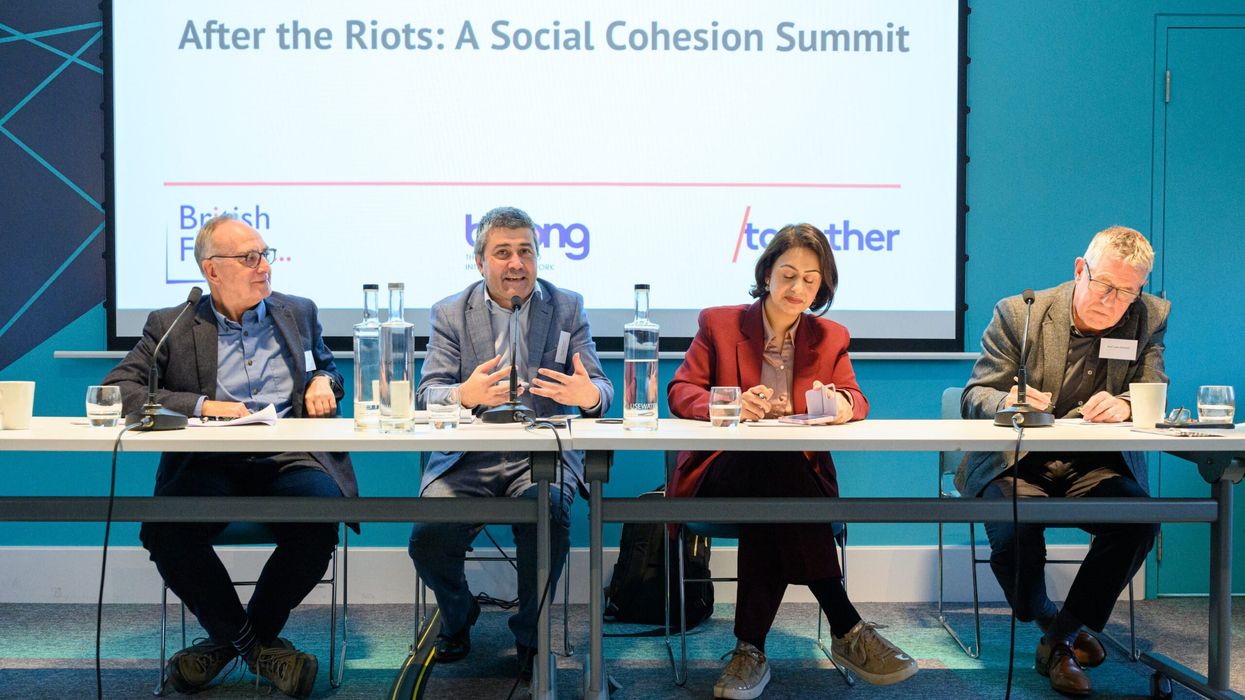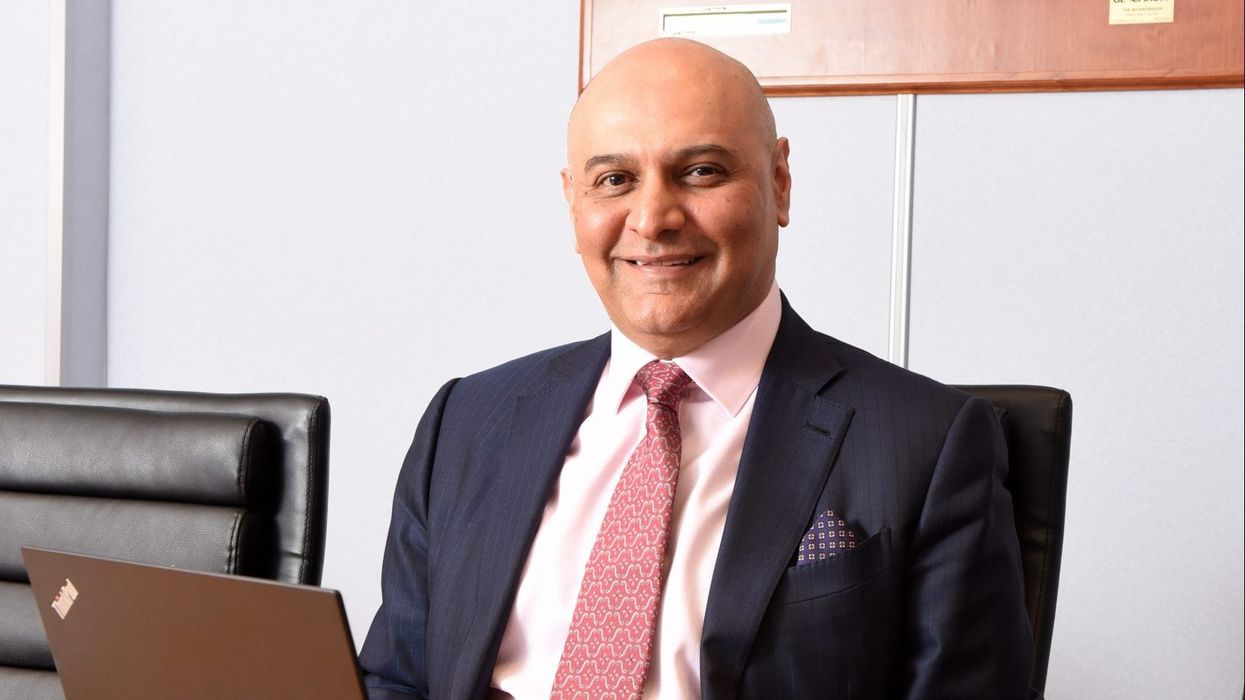Twelve-year-old Rahul being crowned “Child Genius 2017” in the controversial Channel 4 TV series reinforces the stereotype that south Asian kids are academically much more competitive. More geeky or nerdy is another way the world sees them.
This racial and cultural pigeon-hole also includes the prejudice that south Asian parents are pushy and demanding, putting their children under more pressure.
Rahul’s proud parents also found themselves in the media spotlight, with his father accused by the British media of being “competitive”, while the TV series courted controversy as bordering on cruel to its child contestants, given the immense strain apparently generated.
This debate echoes the continuing controversy over south Asian parenting styles – does it place children under too much tension, creating disturbed kids, or is this just what is necessary to win in a competitive world?
Perhaps south Asians are guilty of no more than cultural naivety - they haven’t yet grasped that in the UK it’s okay to win, but you must look sheepish and mystified at your victory at the press conference afterwards.
It’s an ultimate sin to be seen to be trying hard, so winning must look like an accident to be socially acceptable; to be embraced by the nation.
Rahul’s father, Minesh, was clearly not reading from the required cultural script when quoted in the Daily Mirror: "We're a family who are used to winning and doing well in exams and competitions and things."
The Guardian’s television critic was not a fan of the series; And that's what's most problematic about “Child Genius” - it's the fact that everyone taking part seems so miserable.
Asian parents have developed a reputation for being pushier and more demanding of their children, producing the stereotype of the “Asian Tiger Mother”.
Amy Chua’s 2011 best-selling book, Battle Hymn of the Tiger Mother, argued for traditional Chinese parenting methods of stern, demanding child rearing, in contrast to the more sympathetic and lenient styles of the West. In Japan, “Kyoiku mama” refers to mums unremittingly compelling their children to study.
But maybe what we are witnessing is not a true cultural or racial phenomenon. Forget the widespread prejudices about Asian pushy parents - instead this is all just a response to a particular predicament that immigrants find themselves in.
For example, perhaps wealthier parents are better able to provide money or other incentives to their children when trying to motivate them, but in the absence of availability of such inducements, poorer immigrant parents have to resort to more authoritarian methods.
Parenting styles, according to this theory, are simply a rational or logical response to life circumstances.
Evidence for this comes from an academic thesis entitled “Do Economic Conditions Explain International Variation in Parenting Styles?” from Mark Lamb at the University of Colorado, USA.
Lamb, along with other researchers, argues that parents adopt more involved and overbearing childrearing styles, as the financial benefits to academic achievement increase. In other words, in countries where there is a direct economic profit from having superior qualifications in the job market place, parents will become pushier.
It’s all about economic conditions and not about culture or race.
Lamb analysed data from PISA (Programme for International Student Assessment), which collects extensive student background information from 300,000 students in 22 countries.
Lamb points out that as “helicopter parenting”, referring to a strict, overbearing parenting style incurs parental sacrifices (e.g. time, money), and so the returns from student academic achievement must be sufficiently high for a parent to choose to incur these costs.
In other words, the benefits of “helicopter parenting” must outweigh the disadvantages in order for such parenting styles to prevail. It logically follows that countries where the financial benefits to student academic achievement are larger because jobs there requiring superior academic qualifications are significantly better paid, will also boast increased proportions of “helicopter parents”. Parents in such countries have greater incentive to actively encourage their children’s education.
Lamb did indeed find from his study that parents across the world tend to become more disciplinarian when the “wage premium” increases, in other words, the more money you earn for having better academic qualifications, the tougher parents tend to get, regardless of where they come from.
Despite what the economists argue, that culture and race doesn’t come into it perhaps nearly as much as our racial prejudices make us feel they do. For most people, Rahul winning “Child Genius” will just confirm many and various preconceptions about Asians.
The 12-year-old south Asian winner did seem to thrive in the competitive atmosphere while others appeared to “crack” emotionally under the strain. Maybe a tougher home environment better prepares you for the harsh world outside?
But all parents, Asian or otherwise, need to realise that a certain amount of pressure can productively challenge children and help them grow, but too much can break some people.
Japan has historically had the third-highest male suicide rates among high-income Organisation for Economic Co-operation and Development (OECD) countries, while South Korea has the highest. Meanwhile, India accounts for the highest estimated number of suicides in the world.
Dr Raj Persaud FRCPsych is a Harley Street Consultant Psychiatrist and Editor of ‘The Mind: A Users Guide’ published by Bantam Press












Does the Winner of Child Genius Prove Asian Parents Are Too Pushy?